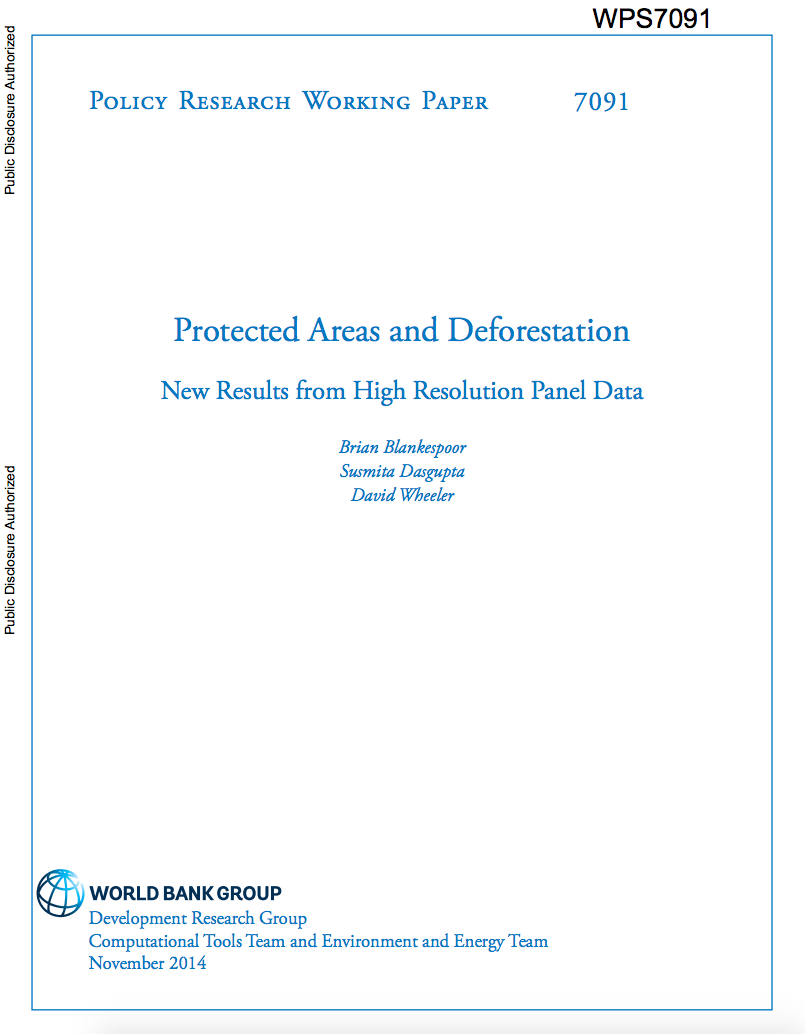Responses to Weather and Climate
How much do poor rural households rely
on environmental extraction from natural ecosystems? And how
does climate variability impact their livelihoods? This
paper sheds light on these two questions with household
income data from the Poverty and Environment Network
pantropical data set, combined with climate data for the
past three decades. The study finds that extraction of wild
resources (from natural forests, bushlands, fallows, etc.)


